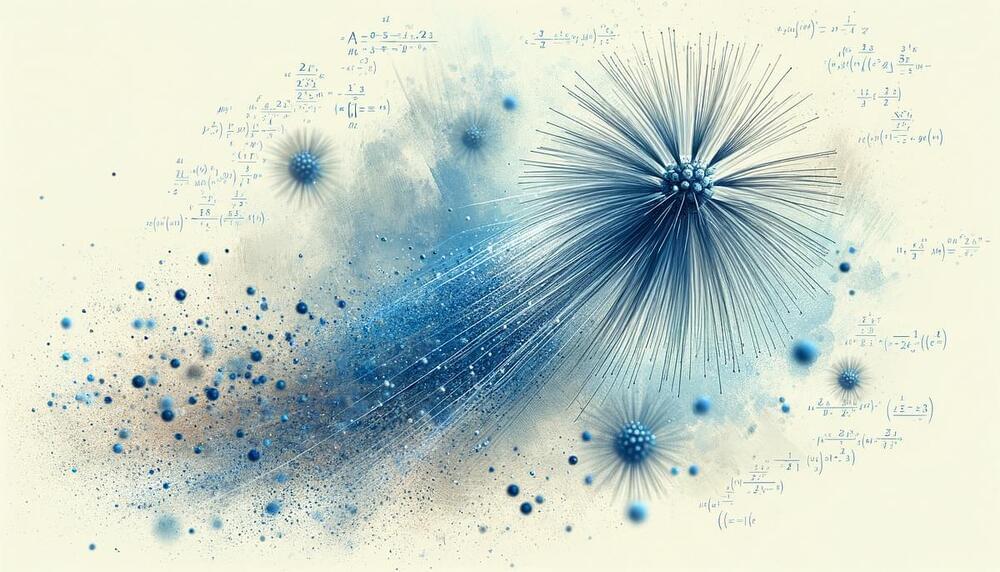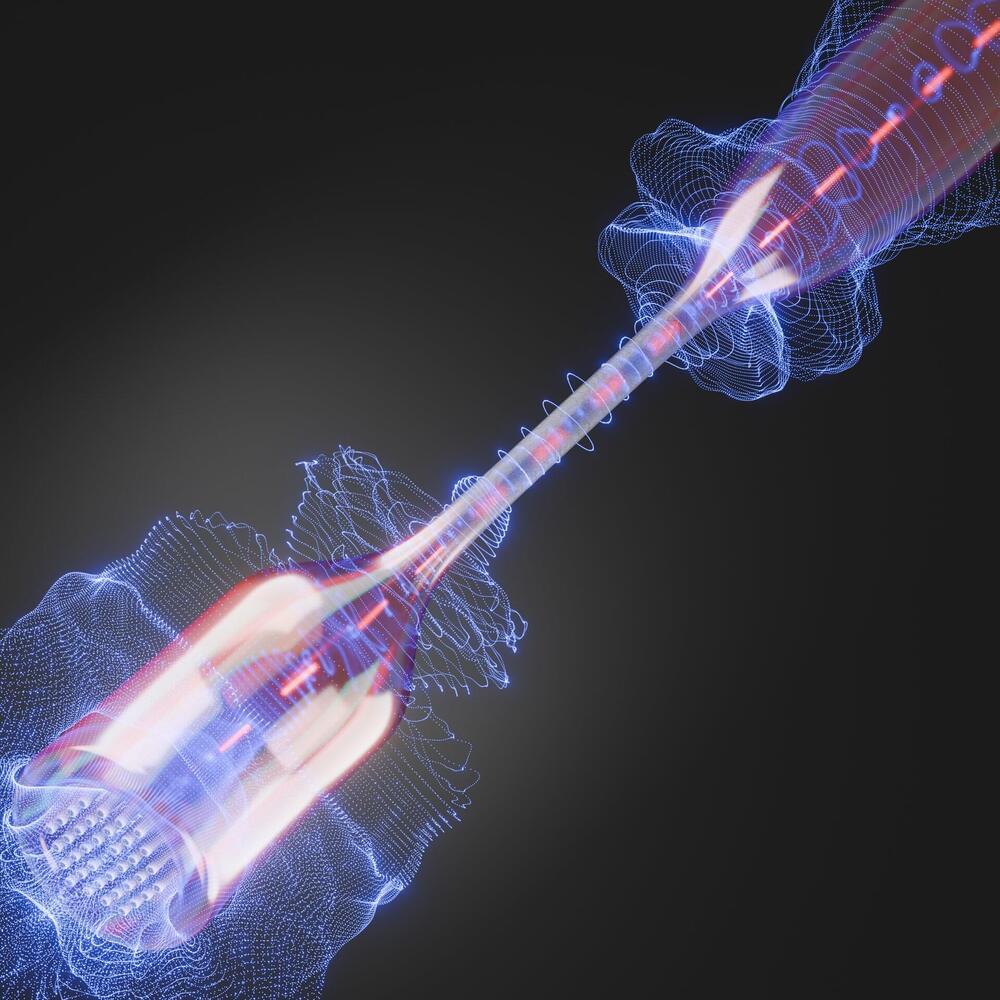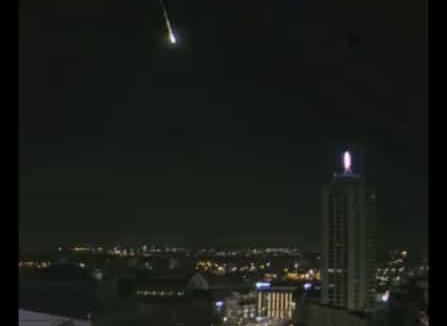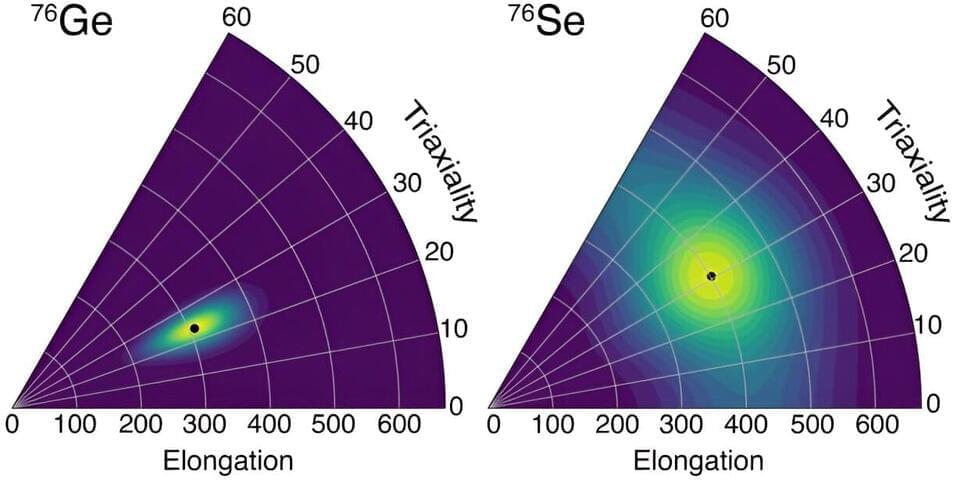It doesn’t take a rocket scientist to let us know that Spaceship Earth is in deep trouble. Humanity is operating as if we did not live on a finite planet with…
Get the latest international news and world events from around the world.

Low mental health associated with worse outcomes after total hip arthroplasty
Low mental health associated with worse outcomes after total hip arthroplasty suggests a new study published in the Archives of Orthopaedic and Trauma Surgery.
Poor mental health is difficult to recognize and as a result, its association with recovery from total joint arthroplasty is difficult to assess. The purpose of this study was to investigate the relationship between overall mental health scores and outcomes in the early postoperative period following unilateral total hip arthroplasty (THA). This is a retrospective review of prospectively collected data involving 142 patients who underwent primary unilateral THA. Independent variables included patient demographics and preoperative Patient-Reported Outcomes Measurement Information System (PROMIS), Global Physical Health (GPH) and Global Mental Health (GMH) and Hip Disability and Osteoarthritis Outcome Score, Joint Replacement (HOOS JR) scores as well as diagnoses of depression or anxiety.
Immune cells linked to allergies can kill cancer
The newly discovered cancer-killing abilities of a type of immune cell linked to allergies suggests it could be a new immunotherapy.
AI robots are making burgers and fries at this new restaurant
At a new restaurant, Miso Robotics’ Flippy robot prepares french fries, while its BurgerBot makes burgers from a wagyu blend, grinding the meat for each burger only after an order is placed.
The AI robots making burgers and fries at CaliExpress could help the restaurant industry address its persistent labor shortage.

The Invisible Dance Of Particles
In 1,827, botanist Robert Brown studied pollen particles’ motion as they were suspended in water. These little grains seemed to jitter around randomly. Brown performed as variety of tests on them and realized that all small particles, not just pollen, exhibited the same motion when suspended in water. Something other than the presence of life was causing these little particles to move around. Mathematicians took note and quickly developed a theory describing this process and named it Brownian Motion in his honor.
This theory has expanded well beyond its original context and become a beautiful subfield of mathematics called Stochastic Processes. Nowhere was this influence illustrated better than in 1905 when Albert Einstein used the theory of Brownian Motion to verify the existence of atoms. The makeup of our universe’s tiniest particles was highly debated at the time, and Einstein’s work helped solidify atomic theory.
Wow, that’s quite the leap! In order to understand how we got from pollen grains to confirming atomic theory, we’re going to have to learn some background about Brownian Motion. In this article, I’ll spend some time talking about the basics. This includes some cool videos that demonstrate the patterns of Brownian Motion and the statistics going on behind the scenes. We’ll then dive into Einstein’s version which came as one of his extremely influential series of papers in 1905. There’s a lot of ground to cover, so let’s get started!

Reaching the quantum ground state of sound in waveguides: Scientists move a step closer
A team of scientists at the Max Planck Institute for the Science of Light led by Dr. Birgit Stiller has succeeded in cooling traveling sound waves in waveguides considerably further than has previously been possible using laser light. This achievement represents a significant move towards the ultimate goal of reaching the quantum ground state of sound in waveguides.
Unwanted noise generated by the acoustic waves at room temperature can be eliminated. This experimental approach both provides a deeper understanding of the transition from classical to quantum phenomena of sound and is relevant to quantum communication systems and future quantum technologies.
The quantum ground state of an acoustic wave of a certain frequency can be reached by completely cooling the system. In this way, the number of quantum particles, the so-called acoustic phonons, which cause disturbance to quantum measurements, can be reduced to almost zero and the gap between classical and quantum mechanics bridged.

Watch: Asteroid turns into fireball before crashing into Earth in Germany
A small asteroid entered Earth’s atmosphere Sunday morning and lit up the sky over eastern Germany. Videos of the incident have gone viral on social media, depicting a glowing object descending over Europe. Experts later confirmed that the light came from a disintegrating meteorite.
According to astronomers and observers, the 2024 BX1 asteroid, which was temporarily designated as Sar2736, landed outside Berlin near Nennhausen at around 1:30 am local time. Hungarian astronomer Krisztián Sárneczky was the first one to discover the approaching asteroid several hours before its impact, according to The International Astronomical Union.

RSV shown to Infect Nerve Cells, cause Inflammation and Damage
Respiratory syncytial virus (RSV), a common infection in children and senior adults, can also infect nerve cells and trigger inflammation leading to nerve damage, according to a new Tulane University study.
RSV can cause mild symptoms such as coughing, sneezing and fever or lead to more severe conditions such as pneumonia or bronchiolitis.
But since the disease was first discovered in 1956, it has been thought to only infect the respiratory tract.


Unlocking the secrets of the universe through neutrinoless double beta decay
The discovery that neutrinos have mass was groundbreaking. However, their absolute mass remains unknown. Neutrinoless double beta decay experiments aim to determine whether neutrinos are their own antiparticles and, if so, provide a means to determine the mass of the neutrino species involved.
Determining the mass through neutrinoless double beta decay experiments using 76 Ge is only possible if scientists understand the properties of the decay of 76 Ge into selenium-76 (76 Se). A study published in Physical Review C provides key input for these kinds of experiments.
Germanium-based neutrinoless double beta decay (0νββ) experiments hold great promise for unraveling the mysteries surrounding neutrinos. The observation of this rare decay process not only offers the prospect of determining the nature of these enigmatic particles, but also the determination of their mass, provided the probability governing the decay is reliably known.